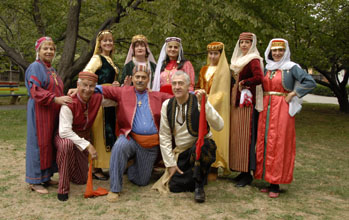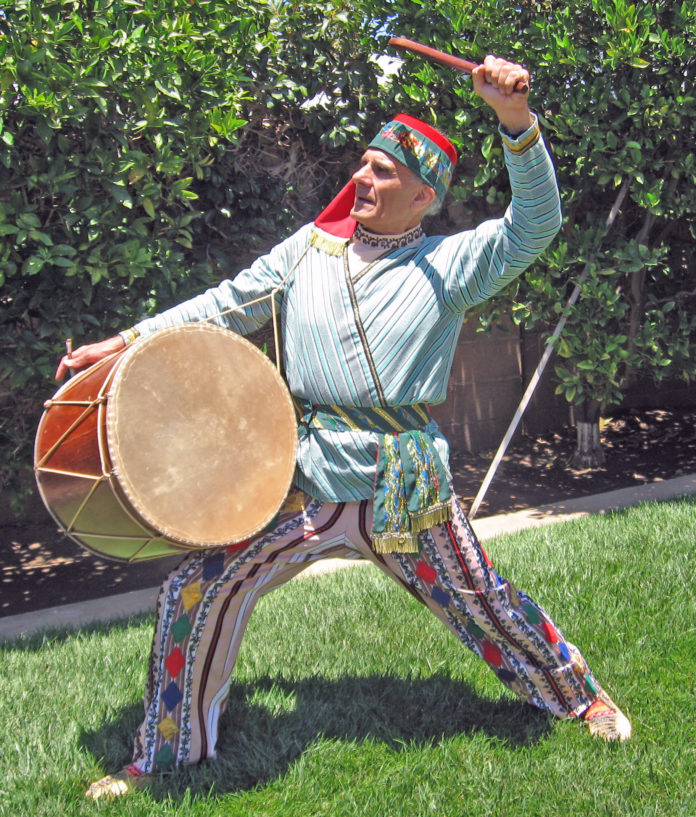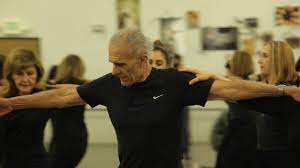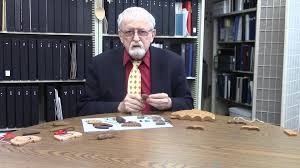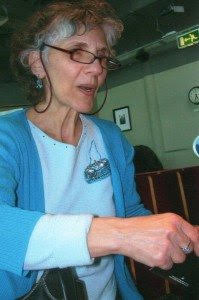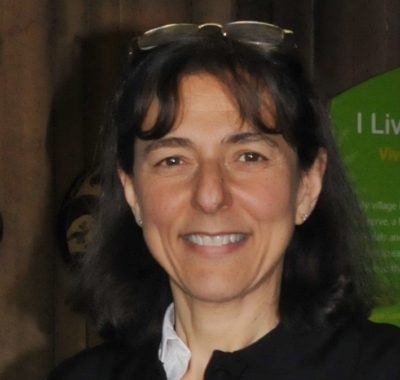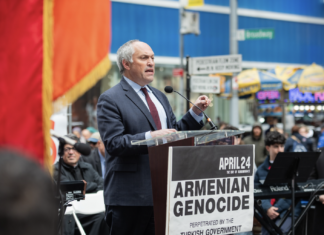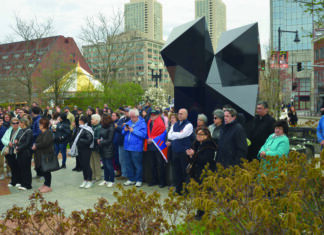BERLIN — If a folklorist said they had found a hidden remnant of pre-Genocide Armenian culture, one might think they had been doing research in a remote valley in Armenia, a rural community in the Middle East, or among the forgotten Islamized “Hamshen” Armenians of the Pontic Mountains in Turkey.
What about Springfield, Mass.? Talk about hidden in plain sight.
For reasons that are still not entirely clear, researchers have increasingly begun to recognize that the established communities traced from the early Armenian immigrants to the US, while successful, Westernized, and assimilated in many ways, have preserved a wealth of folk dance and music that has been forgotten in other Diasporan communities and is little known in contemporary Armenia.
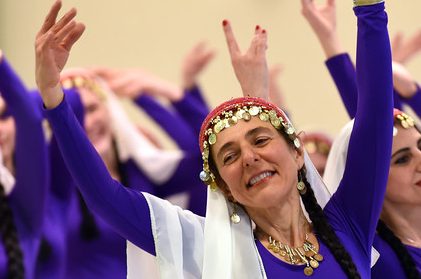
In other words, if one wants to speak fluent Western Armenian, they might need an immersion experience in a place like Beirut; but if one wants to learn how to dance the “Tamzara” the way it was done in the villages of Western Armenia, the best bet might be to live in Boston for a while or better yet, Fresno.
And the practitioners and champions of those dances are uniting from all over the world, eventually attending a summit this summer (more on that further down).
Generations raised on the style that has come to be known as kef music enjoy dancing to the strains of oud, clarinet, and dumbeg. The genre has often been accused by critics as merely replicating the Turkish-language hit parade of turn-of-the-century Istanbul. That’s partially true, as any glance at a classic unrestricted set list will tell you. But alongside the Turkish popular/folk music, which is increasingly being kept to a minimum, the folk dances of Western Armenia like “Tamzara,” “Haleh/Kochari,” “Papouri,” “Lorke” and many others have consistently been played (in their authentic form) and consistently been danced by the adoring fans of artists like Onnik Dinkjian, John Berberian, Hachig Kazarian and Richard Hagopian. This music and dance has retained its popularity in old-established US diaspora communities like Detroit, Philadelphia, New England, and Fresno.
